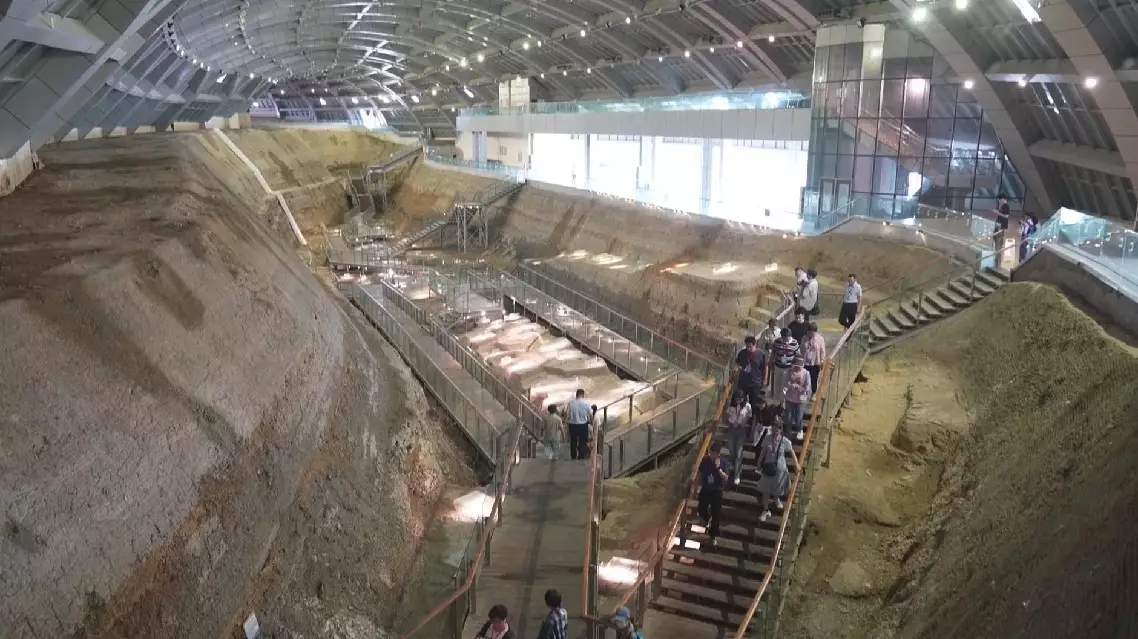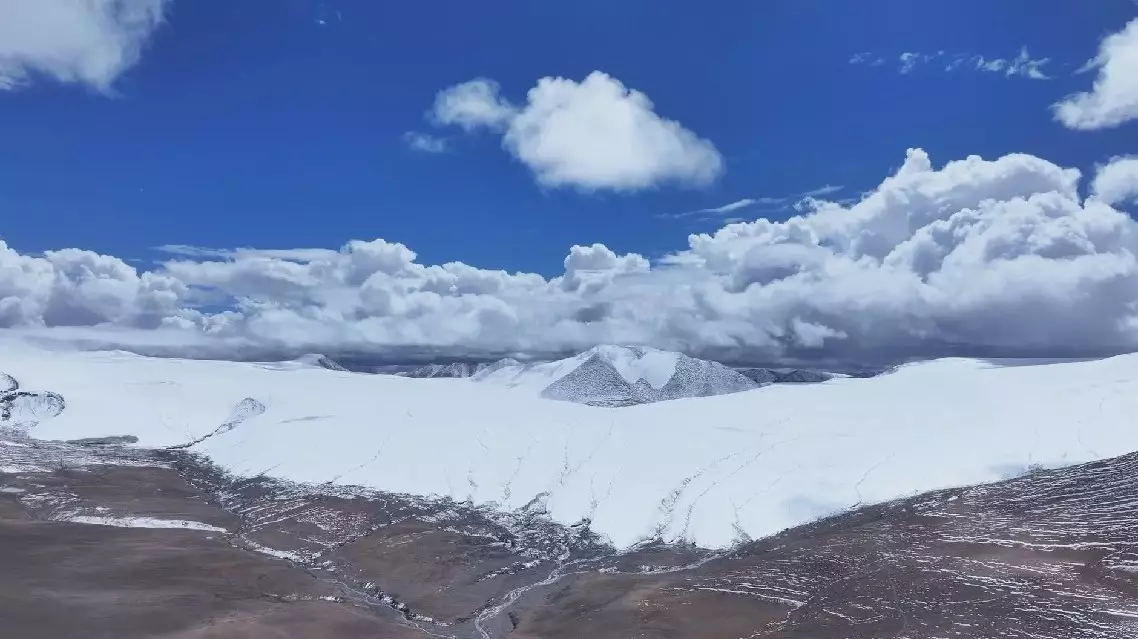High-speed rail is making it increasingly convenient for tourists, especially enthusiasts of paleontology, from around the world to visit the intangible cultural heritage of Chaoyang, a city in northeast China's Liaoning Province known as the "fossil city".
Located in the west of Liaoning, Chaoyang has a long and rich history and has been the site of many important paleontological discoveries. During the 1990s, many unique and fascinating fossils were discovered in the city. Some of the finds have completely revolutionized humans' ideas of dinosaurs and shed new light on the origin of birds.
The Chaoyang Bird Fossil National Geopark houses one of the world's largest biological fossil displays. Over the past few years, it has seen increasing numbers of visitors since the opening of high-speed rails such as the Beijing-Shenyang High-speed Railway and the Chaoyang-Linghai High-speed Railway.
"Here you can find fossils of creatures that once flew in the sky, ran on the ground, and swam in the water. It's truly a gift from nature. Our Chaoyang Bird Fossil National Geopark holds over 10,000 fossils," Liu Changchua, the park director, told China Global Television Network (CGTN) in a recent interview.
With the high-speed rails greatly cutting down on travel time, these world-class fossil collections are now more accessible. More and more people are now taking the train to visit Chaoyang to see these fossilized wonders, according to Liu.
Chaoyang's Niuheliang site is the largest known sacrificial site and tomb group of northeast China's Hongshan culture, an important prehistoric archaeological culture dating back approximately 5,000 to 6,000 years.
Thanks to high-speed rail links, the site's rich varieties of unearthed objects and exhibitions can now reach a much larger global audience.
"Niuheliang pushes the benchmark of Chinese civilization's origins back by an additional 500 to 600 years, making it a key piece of ancient Chinese history. The development of high-speed rail has made it easier for scholars and experts to excavate and research the site, while also attracting more visitors to experience its intriguing mysteries," said Feng Shuyi, deputy director of the Niuheliang National Archaeological Site Park.
"I live in Canada, but I'm currently back visiting my relatives here. Hongshan Culture is quite famous abroad, so I brought my kids along to experience it," said a tourist.
Not only natural landmarks but also local industries are benefiting from the development of high-speed rail.
Despite its rich history and traditional craftsmanship, Liaoning Tacheng Mature Vinegar Brewing Company previously struggled to expand its market due to limited access.
"In the past, we had only one slow train a day, which took 12 hours to reach Shenyang or Beijing. Since the high-speed rail opened, both passenger flow and logistics have greatly improved. Our annual production has now reached 6,000 tons, doubling from before," said Yu Runyuan, the company's production manager.

High-speed rail brings Liaoning's intangible cultural heritage to larger global audience









